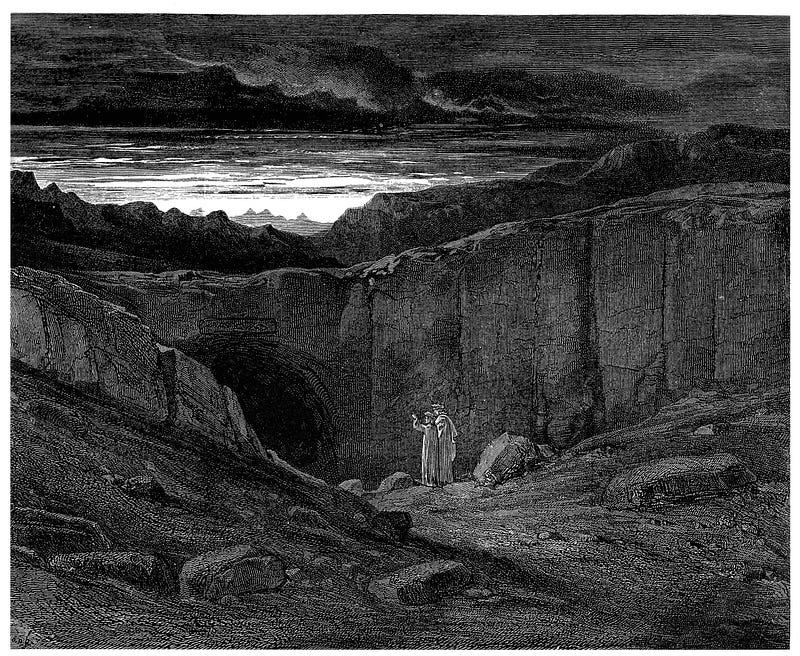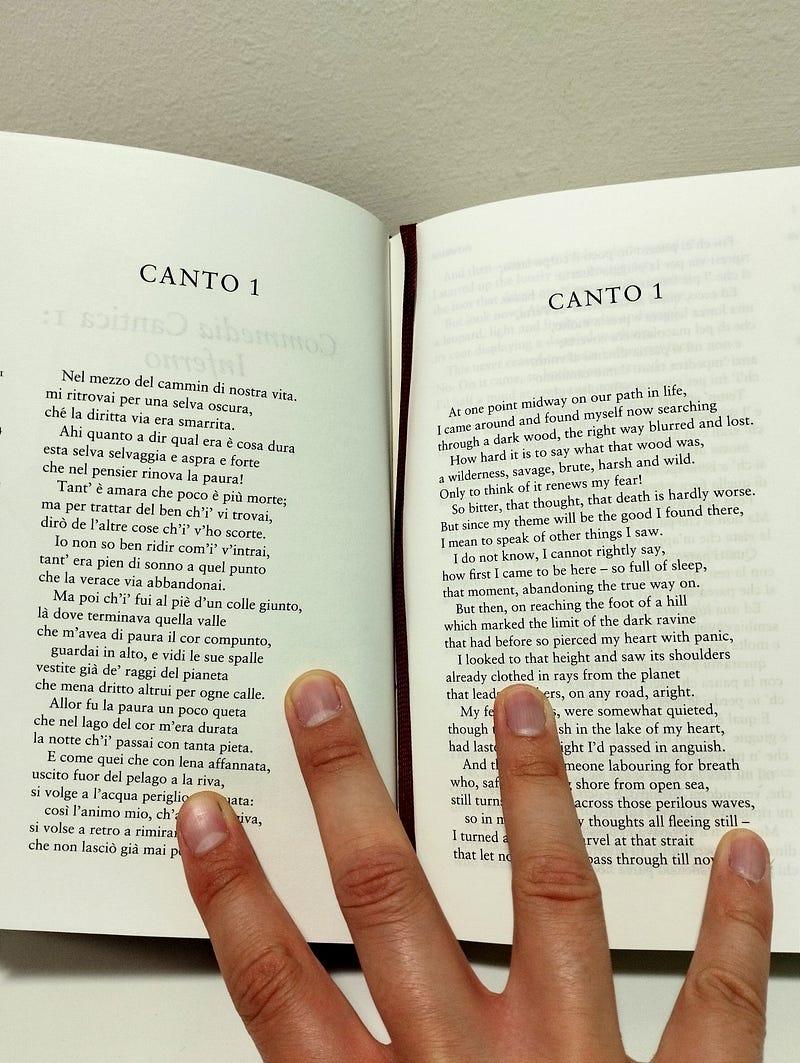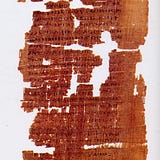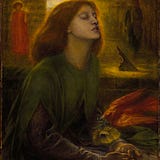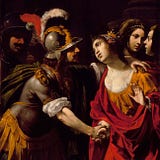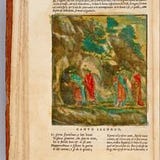Dante’s Inferno: Canto II
The second chapter of the Divine Comedy, containing the invocation of the Muses on a holy week-end night!
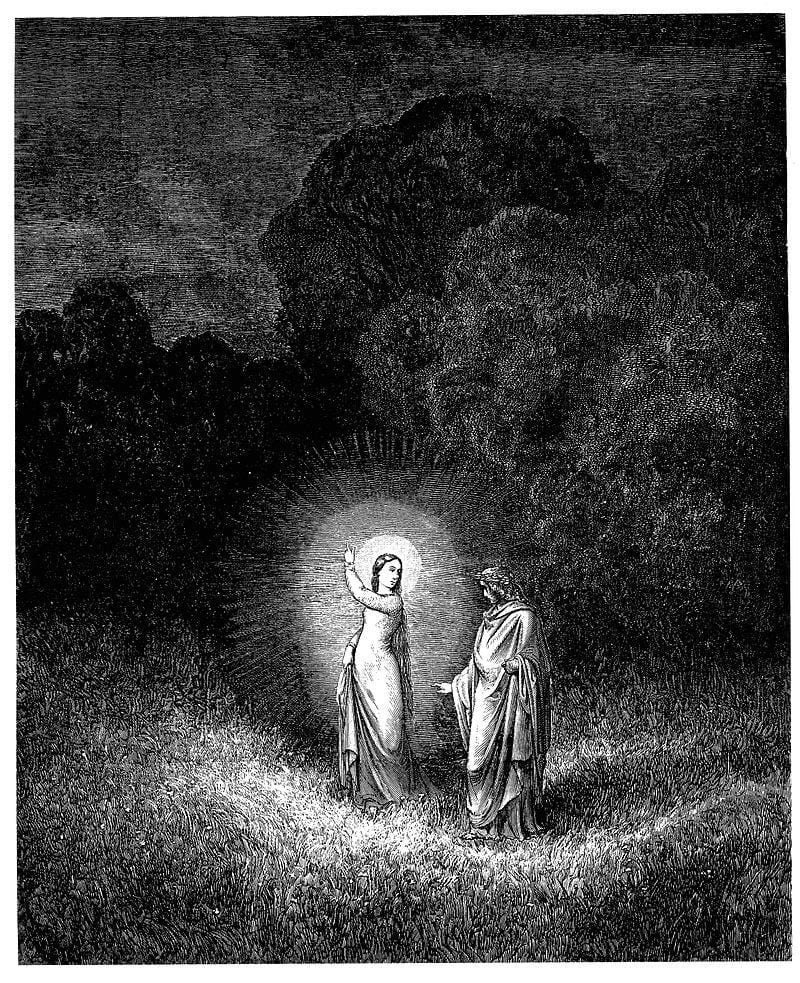
THE DIVINE COMEDY SERIES
Dante’s Inferno: Canto II
You might wonder “Why did he not do it in the first one?”. Well, Canto I served as a general introduction, or an excuse to start the poem that’s why Inferno has 34 Canti, while Purgatorio and Paradiso have 33.
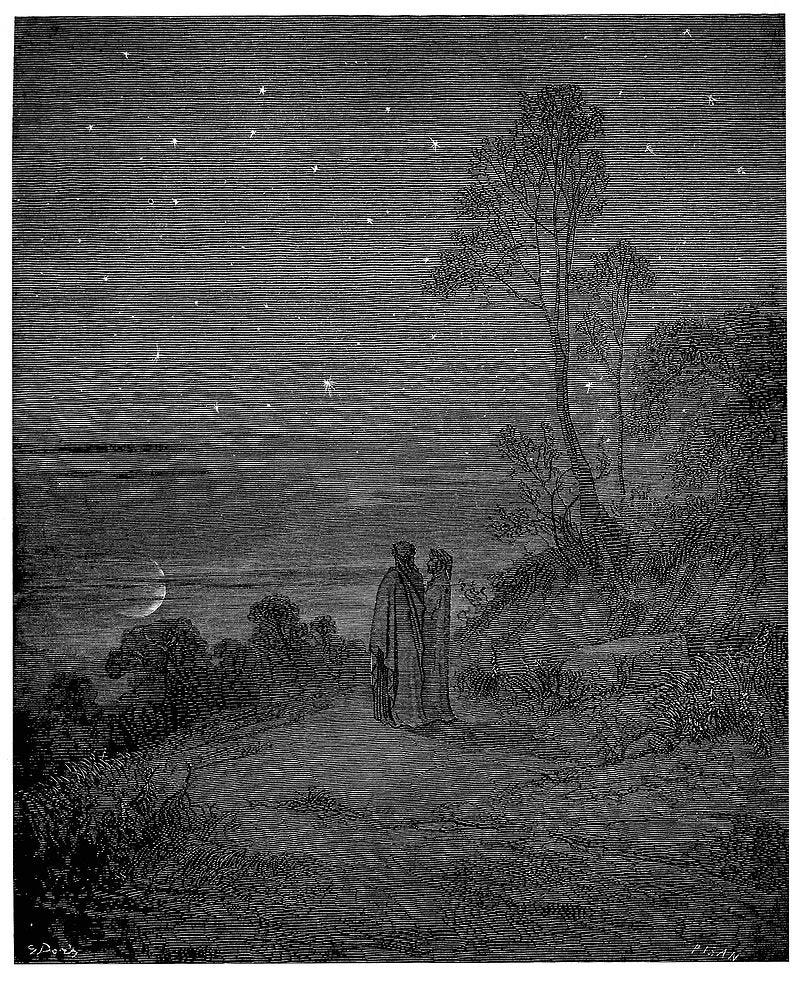
Left the great symbolic scene where it unwinds the Journey of our life, we find ourselves in a new hour that Dante describes as such:
Daylight was leaving us, and darkened air
drawing those creatures that are on earth
from all their labours.
Line 1, Canto II (tr. Robin Kirkpatrick, Penguin Readers)
Easter Eggs by S. Paul
The night is falling on a Friday night (8th April, Good Friday. What a week-end start!) and Dante, who follows Virgil along the road that will lead them to the gate of Hell, is the only one who prepares for a path full of difficulties, while all the other creatures rest.
The poet invokes the assistance of the Muses, to help him remember what he has seen during his journey. A classical start that all great poets before him have done (Virgil, Homer).
Dante then attributes himself one of the longest speeches that he, as a character delivers in the Commedia. Essentially asking -“Why me?”- he acknowledges the incalculable distance between himself and the saints and heroes of the past.
Who are the ones that visited Hell before him? Well, if you don’t remember I’ll refresh it for you, they are Aeneas(from Virgil’s Aeneid), Ulysses (Odyssey) and a special one, S. Paul.
Although, Dante only mentions Aeneas and S. Paul (Don’t worry Ulysses, we know you went down there too!).
What has S. Paul got to do with all this? Well, I wondered that too, and after some research, I found that The Vision of S. Paul is an apocryphal text and part of the New Testament apocryphal (see image below).
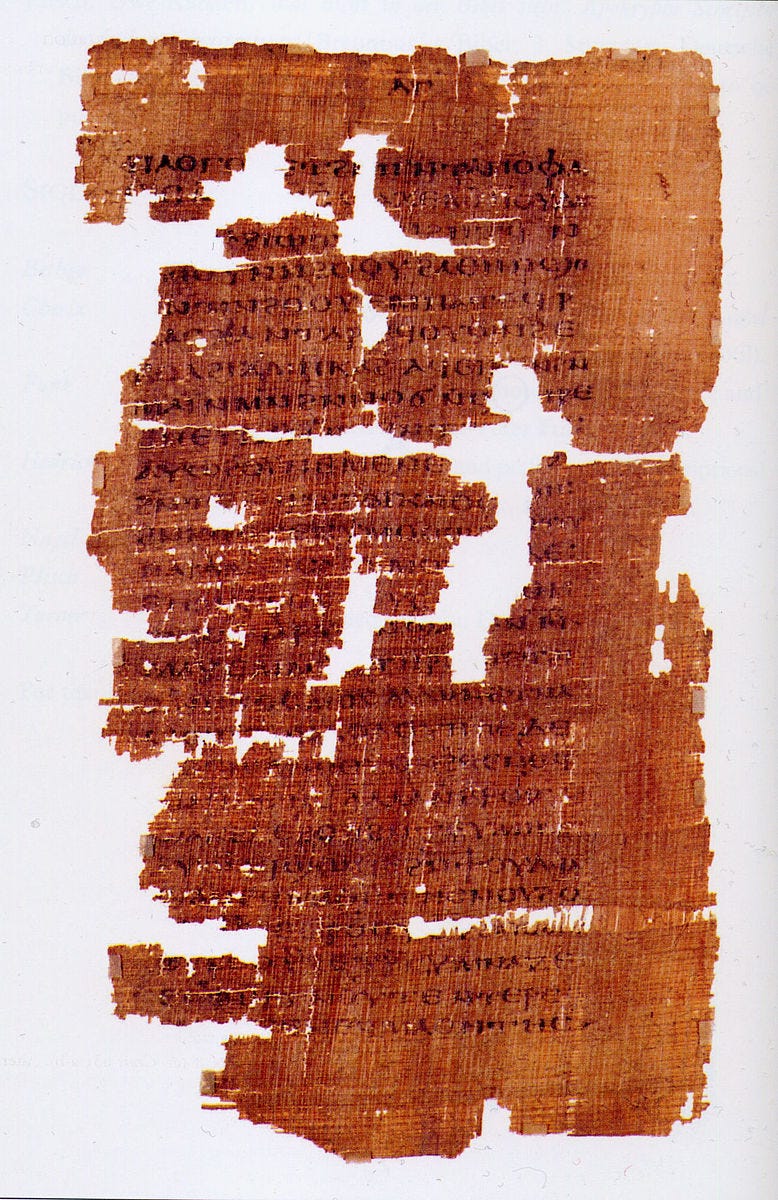
In this one, the saint is kidnapped by an angel sent by God, to show him the state of souls after death. It was quite a popular text in medieval times, translated from Greek into Latin around 500 AD, elaborated in numerous variations and surely Alighieri was familiar with this work.
But Dante, why were you chosen?
Alighieri feels unsure, scared and unworthy of the journey ahead.
Virgil, noting the poet’s perplexities, explains that his journey corresponds to a providential plan of God and is presided over by three women: Maria (prevenient grace), Saint Lucia (illuminating grace) and Beatrice (operating grace).
In fact, the Latin poet tells Dante that he had spoken to Beatrice. In the Empyrean (paradise), Mary is worried about Dante and sends S. Lucia to Beatrice, sitting near Rachel (allegory of the contemplative life) to ask her :
She said: “You, Beatrice, true praise of God,
why have you not helped him who loves you so
that — for your sake — he’s left the vulgar crowd?
line 104–6 (tr. Mandelbaum, Inferno: Canto 2)
From here, Beatrice goes to Hell (Inferno) to talk to Virgil, to whom she asks to be Dante’s guide (“my true friend, and not of fortune”), after which she leaves him, with watery eyes, and goes back to Paradise.
3 enemies vs 3 helpers
We, therefore, have three antagonists: Leopard, Lion and the She-Wolf (mentioned in Canto I). Although we also have three helpers, the women above.
The concluding phase of the canto (lines 127–42), is a renewed conversation between Alighieri and Virgil.
This last’s one voice, is now uncharacteristically flurried, enthusiastic and even irritated that Dante should waste the advantages that come to him (though not to Virgil himself) through the intercession of the Christian saints.
Reassured by Virgil’s words, Dante is now ready to begin the long and tiring journey, not only for the conquest of his own election to Paradise, but also to rebuild a society in which peace and justice govern.
Conclusion:
This Canto is built in a way that the dark place where the two poets are, is like a frame to the central scene: the appearance of Beatrice and the celestial background where she comes from.
Also, the two emblematic names of Aeneas and s.Paolo, give from the beginning a historical and civil dimension to this episode of salvation, foretelling the second meaning of this long trip.
For Aeneas the meaning of the trip was to prepare the foundation of Rome, and for Paul to encourage the Christian faith at its beginning.
Alighieri wants to describe his journey in the afterlife. Although, his second objective is to position his Comedy on the Epic Poem record that it belongs to, setting itself apart from any other text.

Hope you enjoyed this Canto II descriptive analysis, I read it on a hot summer day in Ischia (Italy) on my terrace.
If you have any questions, please don’t hesitate to contact me via email or the comment section below.
As usual, find some useful links below and don’t forget to clap, comment and subscribe!
Feeling ready for Canto III? Click here to read now.
